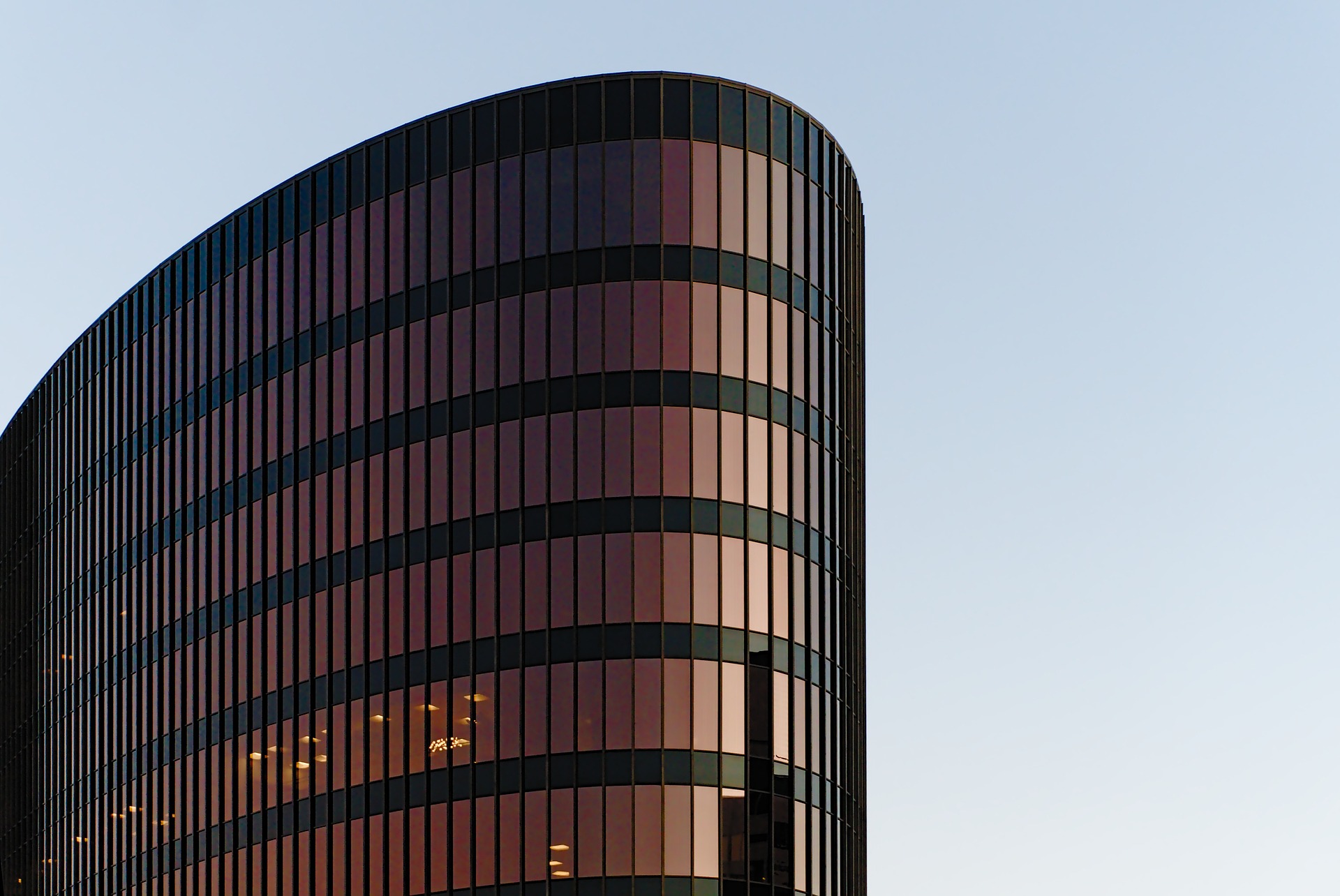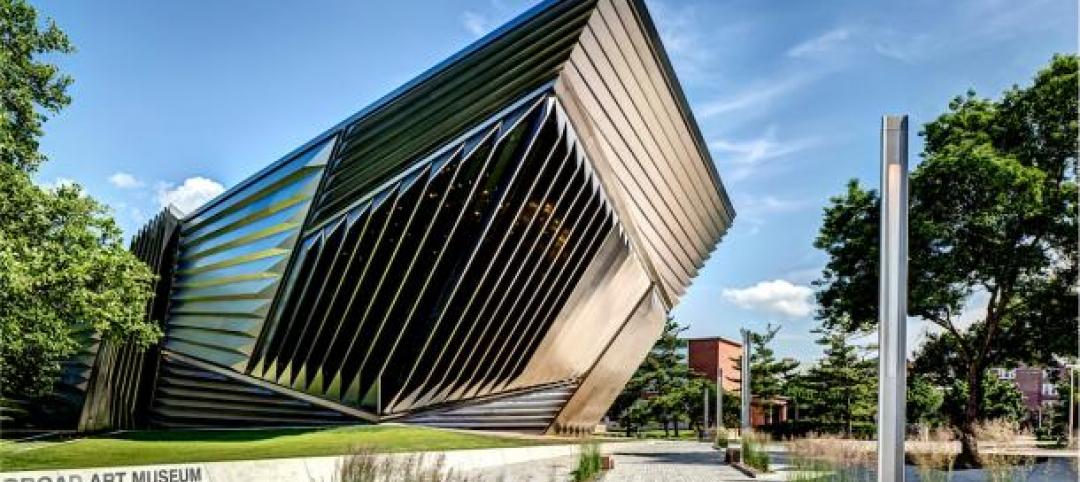The U.S. General Services Administration (GSA) adopted a new rule with new accessibility guidelines for federal buildings.
The rule establishes that pedestrian facilities in the public right-of-way are readily accessible to and usable by people with disabilities. GSA’s action creates a uniform federal standard that aims to ensure all new and modified pedestrian facilities, such as sidewalks and crosswalks, are accessible and meet the Architectural Barriers Act of 1968, as amended.
The new rule requires enhanced accessibility features, including pedestrian signals and alternate access routes. The new standards:
- Increase sidewalk sizes and widths to make it easier for people to pass on the sidewalk, reducing accidental collisions and better accommodating mobility aids such as walkers, rollators, and wheelchairs.
- Regulate the ground slope at passenger loading zones, preventing them from being too steep for people with mobility disabilities to climb.
- Mandate better audio and tactile warning systems, including audio signal warnings, truncated domes, and detectable warning pavexxrs, increasing pedestrian safety by alerting pedestrians to an imminent street crossing or to when they have the right-of-way to cross the street.
This new rule is applicable to all federal new construction, alterations, and renovation projects.
Related Stories
| Apr 30, 2014
Visiting Beijing's massive Chaoyang Park Plaza will be like 'moving through a urban forest'
Construction work has begun on the 120,000-sm mixed-use development, which was envisioned by MAD architects as a modern, urban forest.
| Apr 29, 2014
Best of Canada: 12 projects nab nation's top architectural prize [slideshow]
The conversion of a Mies van der Rohe-designed gas station and North Vancouver City Hall are among the recently completed projects to win the 2014 Governor General's Medal in Architecture.
| Apr 29, 2014
USGBC launches real-time green building data dashboard
The online data visualization resource highlights green building data for each state and Washington, D.C.
| Apr 23, 2014
Mean and Green: Top 10 green building projects for 2014 [slideshow]
The American Institute of Architects' Committee on the Environment has selected the top ten examples of sustainable architecture and ecological design projects that protect and enhance the environment. Projects range from a project for Portland's homeless to public parks to a LEED Platinum campus center.
| Apr 16, 2014
Upgrading windows: repair, refurbish, or retrofit [AIA course]
Building Teams must focus on a number of key decisions in order to arrive at the optimal solution: repair the windows in place, remove and refurbish them, or opt for full replacement.
| Apr 15, 2014
12 award-winning structural steel buildings
Zaha Hadid's Broad Art Museum and One World Trade Center are among the projects honored by the American Institute of Steel Construction for excellence in structural steel design.
| Apr 9, 2014
Steel decks: 11 tips for their proper use | BD+C
Building Teams have been using steel decks with proven success for 75 years. Building Design+Construction consulted with technical experts from the Steel Deck Institute and the deck manufacturing industry for their advice on how best to use steel decking.
| Apr 2, 2014
8 tips for avoiding thermal bridges in window applications
Aligning thermal breaks and applying air barriers are among the top design and installation tricks recommended by building enclosure experts.
| Mar 26, 2014
Callison launches sustainable design tool with 84 proven strategies
Hybrid ventilation, nighttime cooling, and fuel cell technology are among the dozens of sustainable design techniques profiled by Callison on its new website, Matrix.Callison.com.
| Mar 20, 2014
Common EIFS failures, and how to prevent them
Poor workmanship, impact damage, building movement, and incompatible or unsound substrate are among the major culprits of EIFS problems.

















